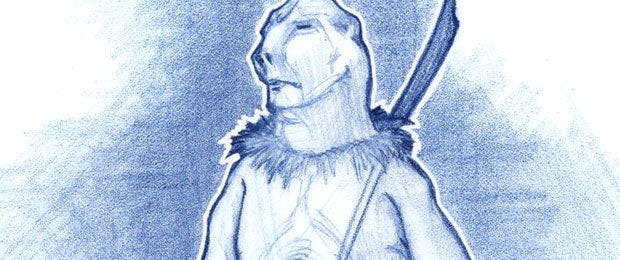
It's January of 2011 and the 12th Star Trek film is just starting to crew up. My friend Scott Chambliss, who designed the previous incarnation of Trek with J.J. Abrams, calls and asks me about working on the newest venture into space. It’s a big yes, but it takes almost seven months before I got my start date to join the art department of Star Trek Into Darkness.Ramsey Avery was the art director and he was in charge of all the new starting art department crew, as well as 10,000 other duties. He’s one of the nicest guys you could ever meet. He and I had many conversations before I came on, and one of the biggest topics was that he was from Cheyenne, Wyoming, and my family and I were moving there. So, finally, August comes along and I start on the show, and over the next several weeks, I am driving our belongings to Wyoming on the weekends and flying back to California early on Monday mornings. It was a rough first month full of new and exciting times.
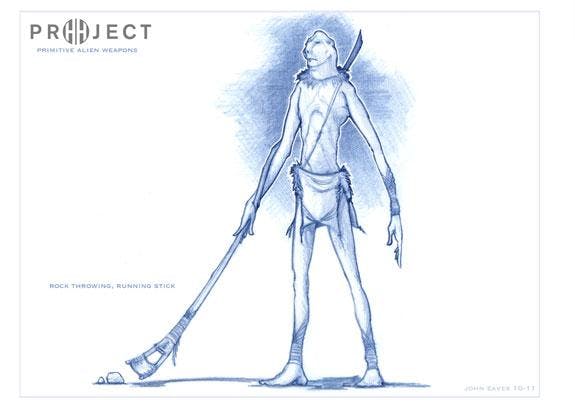
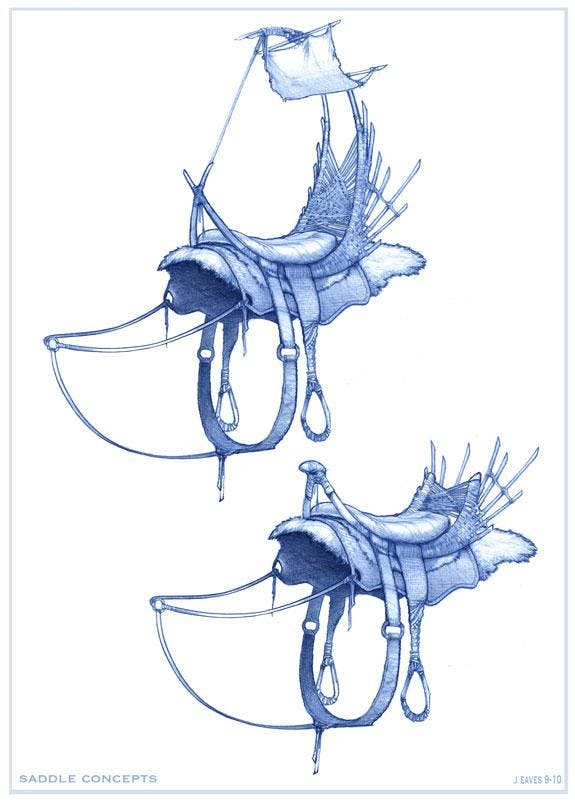
In the Star Trek Into Darkness art department office, many friends from the first Trek were there, including Ryan Church, James Clyne, Kevin Cross and a whole host of new and brilliantly talented people! On the first Trek outing with Scott Chambliss in 2007 I was designing shuttles and hover bikes, and by the end of the film I was sent over to finish off the props for the prop boss, Russell Bobbitt. That job title stuck. So when Scott calls, I get to work on all of his prop ideas. It’s lots of fun I have to say, and for Star Trek Into Darkness it was a real treat. My longtime friend Chris Ross and I were the designers and we worked for another old buddy, Andrew Siegel. Andy started out as a model maker in the 80's, same as Chris and I, but a few years later he moved over to props -- and all the rest is history.Chris and I were brought on a good month or so before Andy, so we were working directly for Chambliss and Avery. Chris was working on special torpedo designs that would eventually take up most of his time on the film due to the thousands of intricate changes and details to be worked out. I got the weapons, and the first volley of designs centered around a primitive alien civilization who used blow guns, clubs and spears. We never got to read a script for secrecy reasons. Only our bosses had access to the story. Even what they got to read was all in code, so when we -- the artists -- got notes on what to draw and for what character, we really had to work hard to pull out any details to make the drawings work.

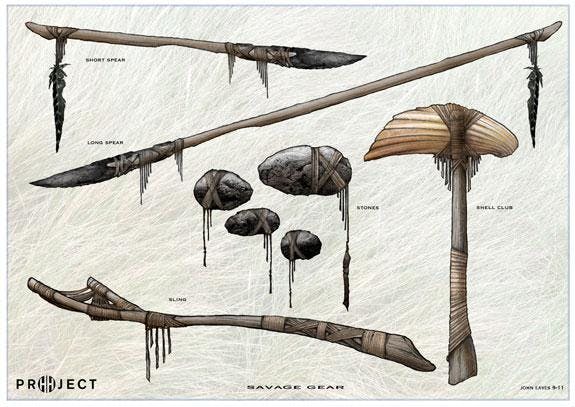
For example, I was working on some props for a character named April. Later, when the film opened, we found out that April was… Khan. It was funny working on a film and not knowing much more than what was immediately important to what you were specifically designing. So, with that said I was off to research dart guns and a host of other primitive weapons and give them a bit of a Star Trek twist. Almost as soon as I started to put pencil to paper I was asked to start working on the new Dark Enterprise hand phaser. The early designs were based on a handyman’s all-in-one pocket tool that had inspired Scott's imagination.
The show started fast and furious and stayed that way up to the last day I was on board. There was a lot to do and the approval process was rather challenging at times. Once Andy was on board, he brought on one of my favorite prop assistants, Melissa Harrison. Together they make for a great team and it was a pleasure to work for them. As time went on, script changes started coming in and the grand alien nation and village shrunk in size drastically to fit budget constraints. By the time the film came out there was not much more than a chase scene through the jungle and the interior of a massive volcano. A great deal of the props we designed also got the axe and very few got any screen time. As in any art department, the process is design away like there is no limit and then, as budgets start to be put in place, the art is toned down by leaps and bounds.
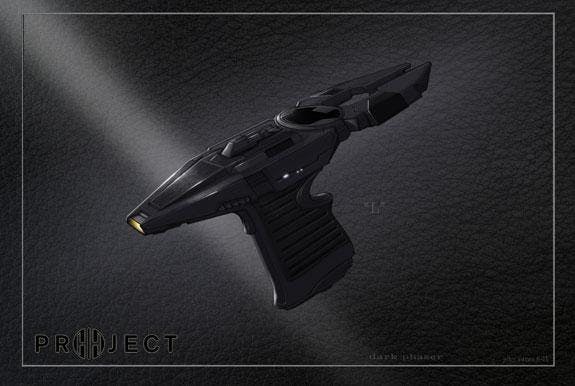
Most of the time there is more work generated that gets shelved than what finally makes it to the screen. That's what I love most about being in an art department, getting the chance to see all the work that paves the road to the final film. So, without any more babble, here are some of the designs for the alien props and the first pass of the Dark Enterprise hand phaser.
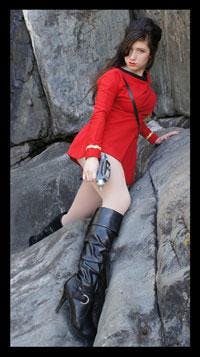
______
John Eaves is veteran artist and illustrator who has lent his talents to too many films and television shows to count. Actually, he's at 60-plus and counting. Over the years, he's made a tremendous mark on Star Trek, as he's worked on The Final Frontier, all four TNG films, DS9 and Enterprise, Star Trek: The Exhibition, Star Trek Online and Star Trek (2009). Click HERE to check out John Eaves' website, Eavesdropping.

